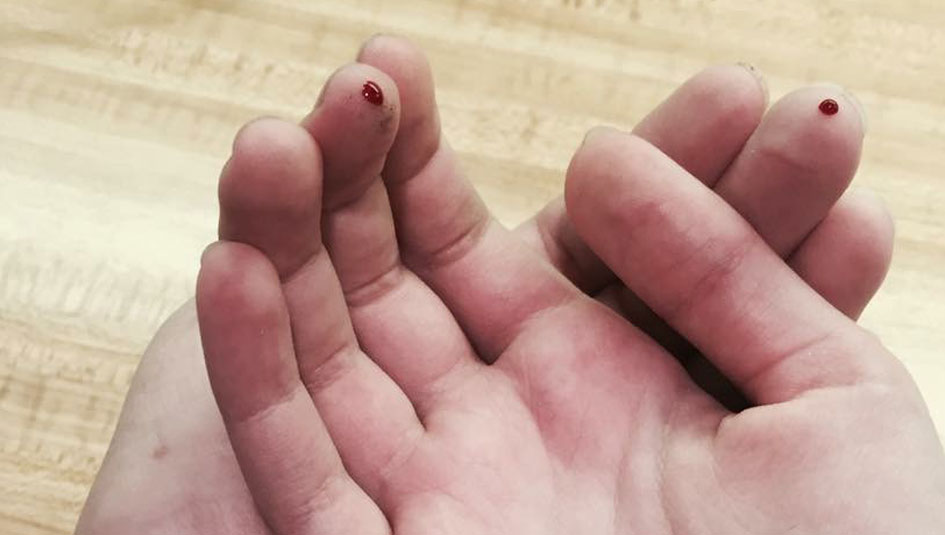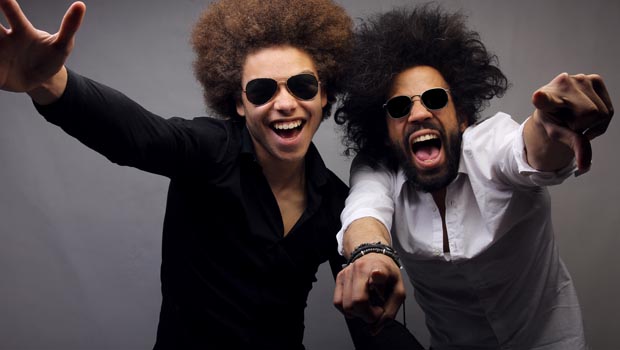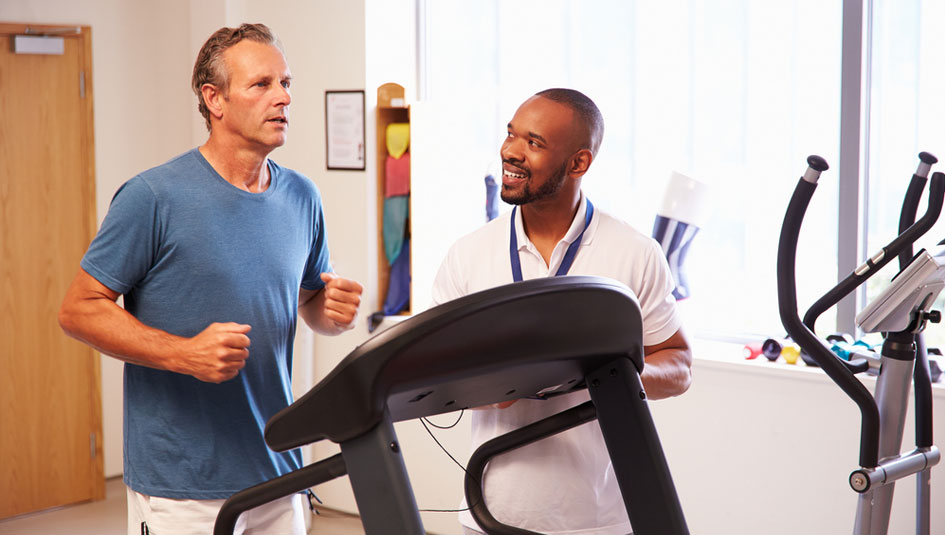Sean Busby – the Snowboarder with Type 1
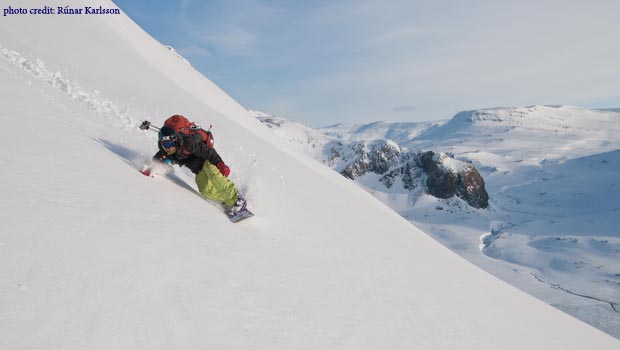
The following excerpt comes from Dr. Beverly Adler’s book My Sweet Life with Diabetes: Successful Men with Diabetes.
From the outside, one would have thought I was living the dream. I was nineteen years old and competing in the professional snowboarding circuit. I was training with members of the United States Olympic team. I had sponsors, I was winning races, and the 2010 Olympics were in sight.
But from a physical standpoint, I was miserable.
For reasons unknown to me at the time, I was plagued with excessive thirst and constant vomiting. I was in and out of the doctor’s office, each time being told I had a stomach flu. Because of insurance issues, I had no choice but to retreat back to my parents’ home in California and try to get rid of whatever this was.
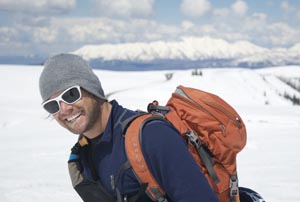
Once back in Orange County, I made an appointment to see our family practitioner. They ran a number of tests, and we were told was nothing wrong with me. My parents called a family friend who was a cardiologist, and he encouraged us to request the results and see for ourselves. There were flags on the charts from my tests—HIGH, HIGH, HIGH. Everything was noted as high, and yet I was “fine.” We asked a nurse to explain, and she alerted a doctor.
See, this is the part in the story where I was misdiagnosed with Type 2 diabetes and given pills to take.
As the weeks went by, I lost over thirty pounds, and none of my clothes fit. I remember trying to eat and knowing that two hours later I would be vomiting. This happened so often that I became afraid to eat. Determined to give snowboarding one more try, I boarded a plane at John Wayne Airport in Orange County, and nearly passed out on the flight.
The paramedics took me to a teaching hospital at the University of California-Irvine Medical Center, where I was given the correct diagnosis of Type 1 diabetes. That first shot of insulin was the most amazing feeling I’ve ever had. After wasting away for so long from ketoacidosis, I could actually feel life being pumped back into my body. I could feel my body absorbing nutrients. At that moment, I found something I’d lived without for so many months: Hope.
Soon after I became acclimatized to taking care of my Type 1 diabetes, I came across the website for the Juvenile Diabetes Research Foundation (JDRF) Children’s Congress. I read stories of 5-year-olds, 10-year-olds, and 16-year-olds living with Type 1. I read how one parent had to go over to her son’s friend’s house in the middle of the night to check his blood sugar during a sleepover. I never had to do that. I read how a sixteen-year-old had to explain to his date why he was giving himself a shot with a syringe before dinner. I never had to do that. If those kids could live with diabetes their whole lives, then surely I could live with diabetes for the rest of mine.
I volunteered at a diabetes summer camp called Bearskin Meadows to learn more and to be around others who were just like me. It was amazing. The kids and the other staff there were so helpful. I learned a huge amount about how to deal with the “new me,” and I’ll never forget the time I spent with the campers there. Somehow, after the worst three months of my life, I was feeling grateful. I was so inspired by those kids at camp and from the JDRF congress that I found the courage to continue snowboarding. I eventually got back on the pro tour, competing (and winning) competitions.
It wasn’t enough. I wanted to give back. The one thing I could share was the thing I do best: snowboarding. Thus “Riding On Insulin” was born. I started it as a program that hosts ski and snowboard camps for kids and teens living with Type 1 and their siblings. Riding On Insulin provides a safe environment with 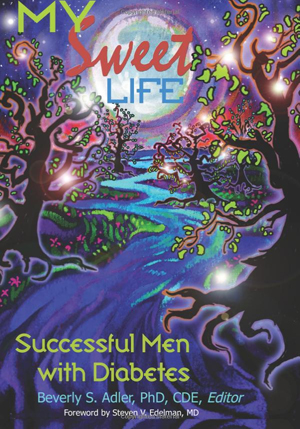 volunteer doctors and nurses on hand for kids to try a winter sport, perfect their skills, and make new friends who are just like them.
volunteer doctors and nurses on hand for kids to try a winter sport, perfect their skills, and make new friends who are just like them.
During the dinner banquet at each camp, I tell kids that I like to view diabetes as a best friend. Just like a best friend is always there for me, so is diabetes, at least until a cure is found. If we treat our best friend with respect, check blood sugars, and manage as best we can, we can do the things we love to do with our best friend at our side. In those occasional arguments (the days when diabetes gives us a hard time), I do my best to make amends with my best friend so I can do what I love to do. Hopefully, the kids listen and watch me snowboard and think, “I can do that.”
You can learn more about Sean’s organization at http://RidingOnInsulin.org. You can order My Sweet Life with Diabetes: Successful Men with Diabetes at Amazon.com.


